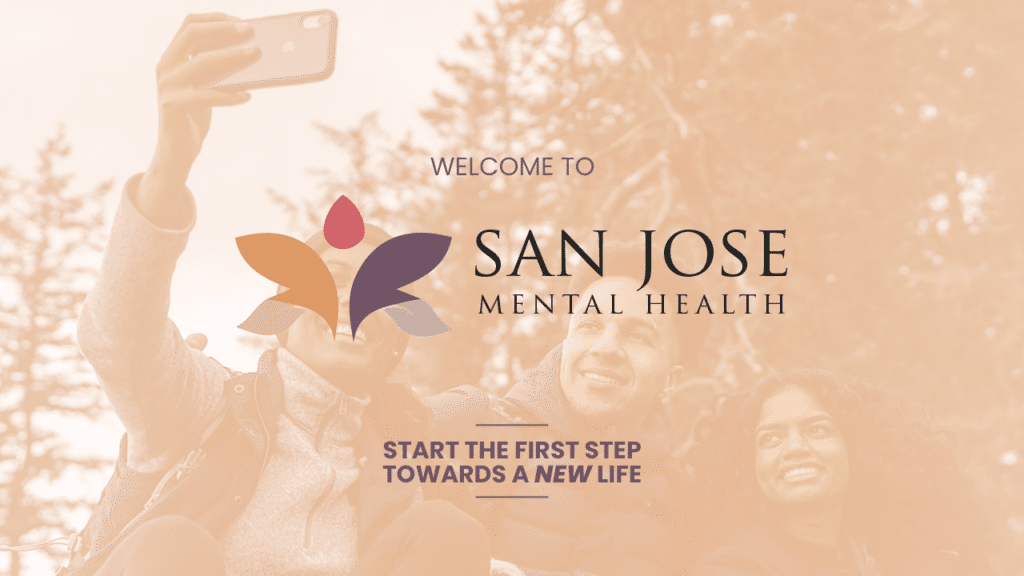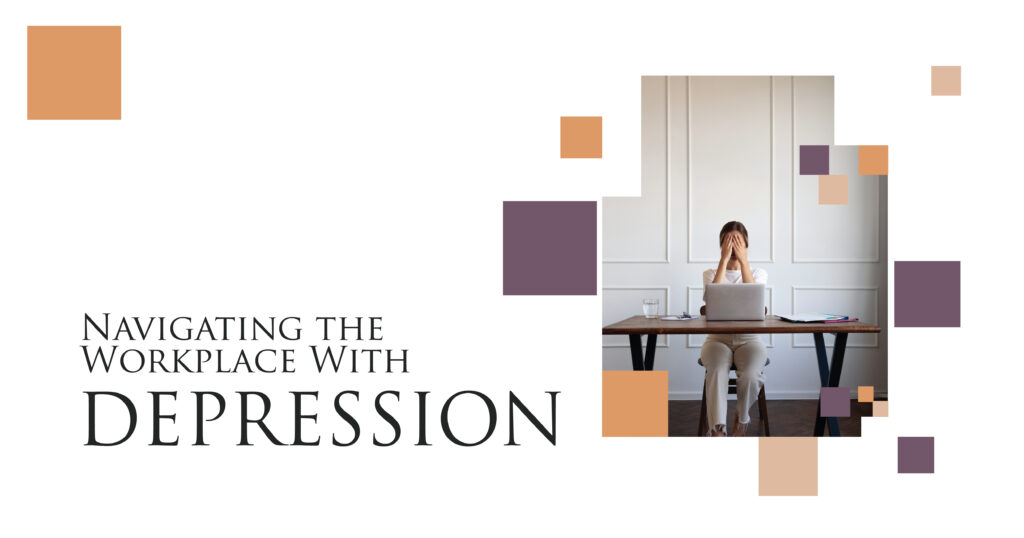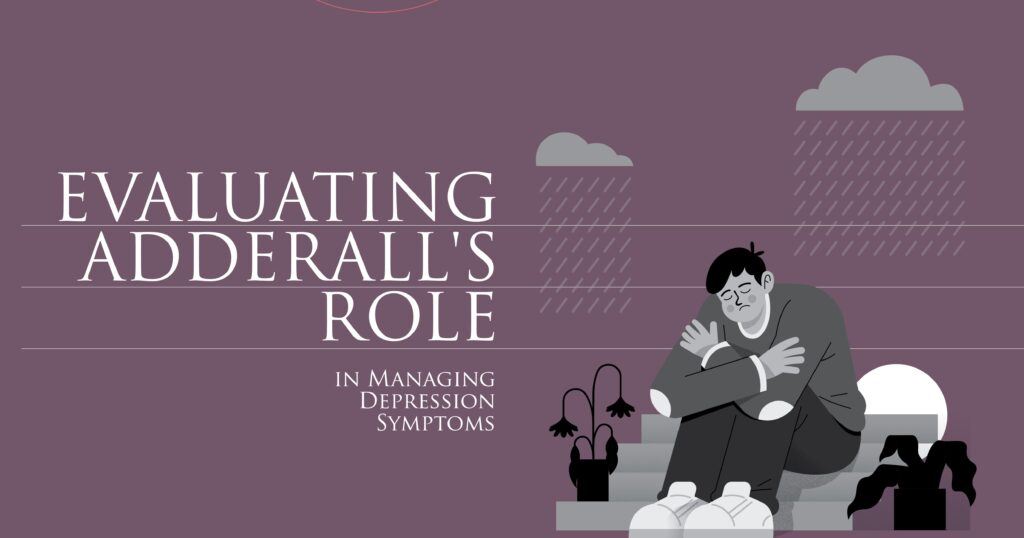Navigating the complexities of the workplace can be daunting, especially when dealing with depressive disorder. Understanding how to manage this condition while maintaining professional responsibilities is crucial for both individuals and organizations. This comprehensive guide explores practical tips and strategies for managing depression in the workplace, drawing on insights from leading resources.
Understanding Depression in the Workplace
Depression is a multifaceted condition that can significantly impact an individual’s daily life, including their professional environment. Symptoms such as persistent sadness, loss of interest in activities, changes in appetite or sleep patterns, fatigue, feelings of worthlessness, and difficulty concentrating can undermine job performance and satisfaction. These mental health symptoms can manifest in various ways, leading to poor performance, absenteeism, or even withdrawal from key tasks.
The workplace itself can exacerbate these symptoms, especially in high-pressure environments characterized by long hours, tight deadlines, and competitive atmospheres. Factors like work-related stress, lack of control, poor management, and mental health stigma around seeking help can further complicate matters. When left unaddressed, this can increase psychological distress and trigger mental health disorders like anxiety and depression.
Building a Supportive Work Environment
Creating a workplace that supports mental health is essential. This involves cultivating an atmosphere where open communication about mental health concerns is encouraged, stigma is actively reduced, and policies prioritizing employee well-being are implemented. Managers play a vital role in this by modeling healthy work-life balance, recognizing signs of mental health difficulties, and offering appropriate support.
A healthy working environment promotes the psychological health of employees by implementing measures such as reasonable accommodations for those with mental health disorders. This might include adjustments to workloads or providing access to mental health programs that help workers manage stress effectively.
San Jose Mental Health
Organizational Initiatives for Mental Health
Several organizational initiatives can positively impact the mental well-being of employees, fostering healthy workplaces:
- Employee Assistance Programs (EAPs): These programs offer counseling services and mental health services, providing a valuable support network for employees. They contribute to overall worker well-being by addressing both physical health and emotional distress.
- Flexible Work Arrangements: Options like remote work and flexible hours can help employees manage levels of stress and maintain a healthier work-life balance, reducing the risk factors associated with burnout.
- Mental Health Awareness Campaigns: These initiatives promote mental health literacy and encourage employees to seek help when needed, leading to better mental health outcomes across the organization.
San Jose Mental Health
Individual Coping Strategies
While organizations can offer support, individuals also need personal strategies to manage mental health challenges in the workplace. Here are a few approaches that can help:
- Developing Self-awareness: Recognizing the signs of depression and the need for support is the first step toward managing the condition. Being aware of your mental health symptoms can help in finding the right coping strategies.
- Seeking Professional Help: Therapy or counseling offers effective tools for managing depression. Many workplaces now provide access to mental health services, making it easier for employees to get the support they need.
- Establishing Healthy Boundaries: Setting realistic expectations, especially in high-pressure work environments, is key. Prioritizing self-care activities, such as fitness facilities at work or engaging in wellness activities, helps improve energy levels and mental resilience.
Addressing Stigma and Changing Perceptions
One of the major barriers to mental health in the workplace is mental health stigma. This stigma often prevents employees from seeking help for mental health disorders like depression, anxiety, or post-traumatic stress disorder. To combat this, employers should promote mental health literacy training, encourage open conversations about mental health concerns, and offer educational resources on how to recognize and address mental health difficulties.
By doing so, organizations can foster a mental health climate that supports open discussions and reduces psychological distress among employees. Promoting inclusivity and understanding—especially concerning sensitive topics like sexual orientation and personal struggles—can lead to healthier, more inclusive workplaces.
San Jose Mental Health
In Conclusion
Successfully navigating the workplace with depression requires a joint effort from both individuals and organizations. By fostering a supportive environment, encouraging communication, and implementing comprehensive mental health strategies, workplaces can become more inclusive and conducive to the well-being of all employees.
In the end, it’s about creating workplace cultures where mental health policies are prioritized, allowing for a more productive and sustainable work environment. The integration of mental health literacy, coupled with access to mental health benefits, ensures that employees feel supported in their personal and professional lives. Ultimately, by addressing both occupational psychology and interpersonal relationships, organizations can mitigate the negative impacts of challenge stressors and create long-lasting positive impacts for their workforce.








